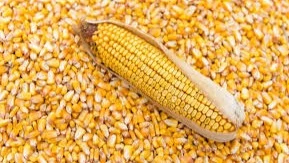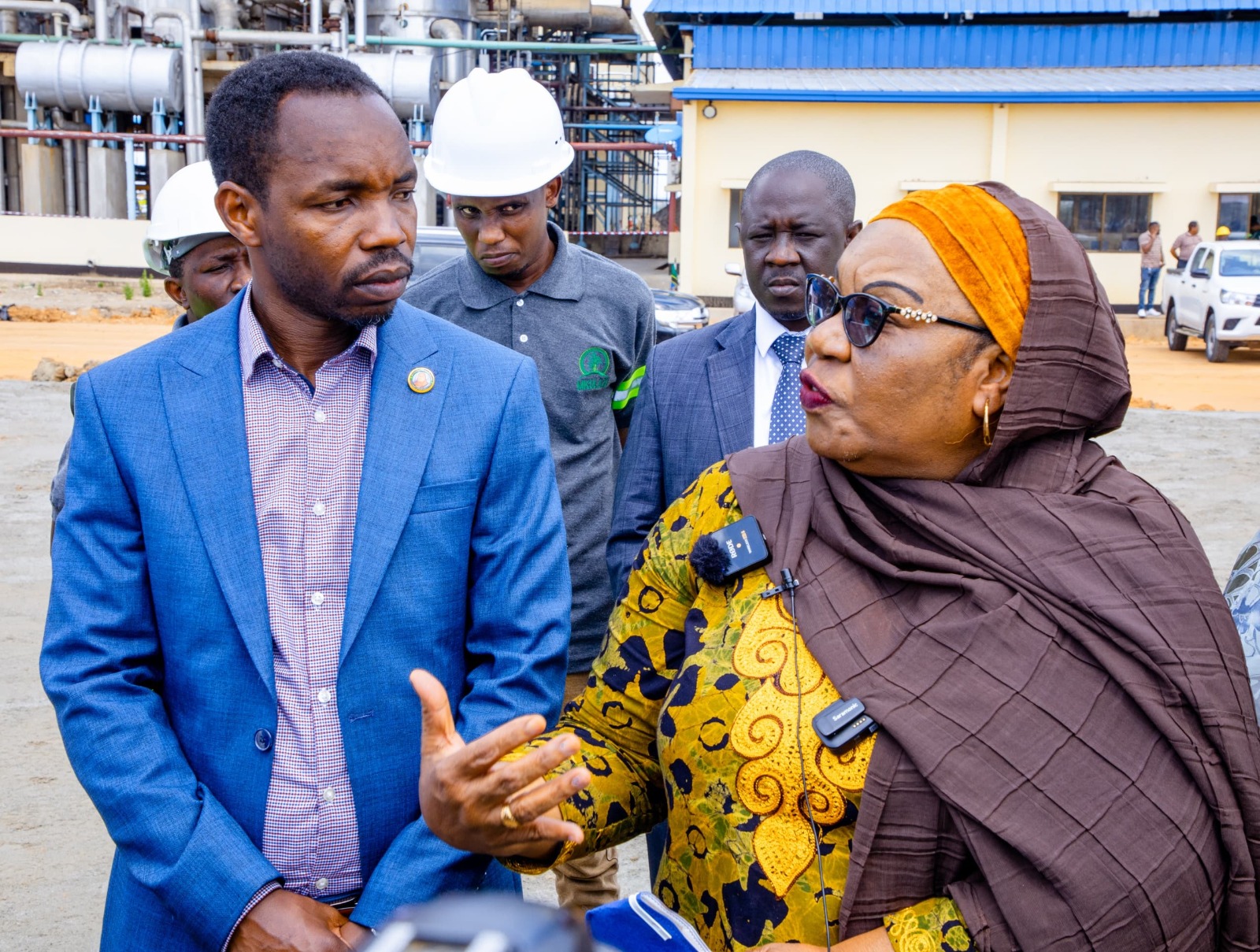Malawi seeks to import maize from Tanzania

Malawi is seeking to import maize from Tanzania, to ease increasing commodity prices, as the southern African country still facing the constrained supply, the AGRA food security monitor for August has said.
The report says Tanzania has a good harvest with an estimated 4 million tonnes of excess maize this year, which is equivalent to seven times of the projected import requirements for Malawi in 2024 and is enough to cover the region’s overall deficit.
Malawi's retail maize prices exceeded those in Mozambique, Zambia, South Africa, and Tanzania when compared at the official exchange rate (K1,751/$).
The weekly average price of maize rose from K792/kg in the last week of July to K797/kg in the final week of August.
This price disparity presents a strategic opportunity for the Malawian government, which faces challenges in replenishing its reserves from domestic sources, to explore importing maize from neighboring countries.
For more than a year, maize prices in d Malawi have been much higher compared with other countries in the east and southern Africa (ESA) region.
Tanzania is the leading producer of non-genetically modified maize and exports to other countries in the region.
Since 2023, Tanzania has become an important source of maize exports to the region with bumper harvests due to above average rainfall.
Malawi is typically able to exceed its annual maize requirements of around 3.1 million tonnes, but the country had a poor harvest in 2023.
This has been linked to low fertiliser supplies and use in 2022, as delays in fertiliser procurement through Malawi’s Affordable Input Programme added to the problem.
The government programme typically provides 250,000 tonnes of fertiliser on a subsidised basis to 2.5 million households.
Some parts of Malawi were hit by Cyclone Freddy in March 2023, which affected 440,000 acres (178,061 hectares) of crops, about 10 percent of the overall crop production area.
The report shows that maize prices in the Eastern Africa region have remained stable when compared to the past month, except Kenya, Rwanda and Ethiopia, whose prices are increasing.
Uganda's prices have remained considerably low when compared to the past 1-12 months, with Tanzania remaining stable compared to the previous month and considerably lower compared to the past 6- and12-months.
Kenya’s prices have slightly increased compared to the previous month but remain lower than the past 12 months, despite the fact that Kenya remains the most expensive place (in USD terms) to source maize, rice, and beans from in the region.
Following the currency flotation by her Central Bank, Ethiopia's maize price in USD has halved making it competitive in the region.
On the other hand, South Sudan is experiencing the most rapid decrease in maize prices in the region compared to the previous month, although prices remain high compared to the past 3, 6, and 12 months.
In Southern Africa, the prices of grains in respective local currencies have started falling in Zambia and Zimbabwe.
However, these prices remain high in most countries compared to the past 3, 6, and 12 months due to macroeconomic challenges, the aftermath of Cyclone Freddy and the El Nino-induced drought.
In the Southern African countries hit by ElNino-induced droughts, many poor households are increasingly resorting to Crisis coping strategies such minimizing number or size of food intake to meet their food needs.
Top Headlines
© 2024 IPPMEDIA.COM. ALL RIGHTS RESERVED

























